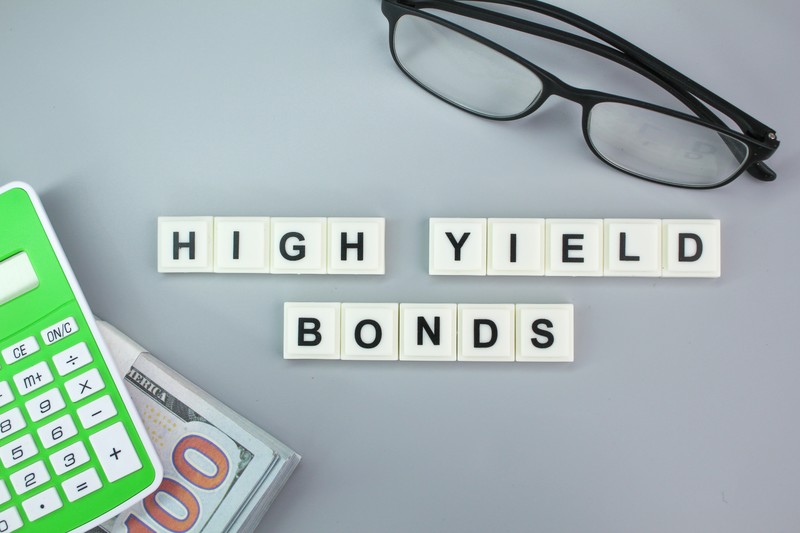In last week's edition, we explored safe haven assets. One of them was bonds—they are a low-risk, fixed-income option with a steady, scheduled payout but don't offer exceptionally high yields (since the risk is so low.)
But if you want to live on the edge a bit, there is another type of bond. No, not James—junk!
Junk, high-yield or non-investment grade bonds can provide a higher yield than their counterparts because they're issued by companies with less-than-stellar credit ratings. The premise is that increased risk gets you a potentially high reward.
- If the highest rating an investment-grade bond can get is AAA, a junk bond will have a rating lower than BBB.
-
BMO categorizes rankings below BBB as "low grade" and "somewhat speculative," which could lead to the company being unable to meet its financial obligations.
- Junk bonds are also more responsive to volatility in the broader market. During times of uncertainty, junk bond ratings can fall further.
But there are some positives to buying junk bonds, mainly that they diversify your portfolio and are less volatile than stocks (since bondholders will be paid ahead of shareholders if a company goes bankrupt).
Bottom line: Don't let the name deter you, but don't buy a junk bond just because you're enticed by risky business. Ensure you understand the timeline for your money and the company's financial history—you wanna hitch your wagon to a rising star, not a fallen angel.
